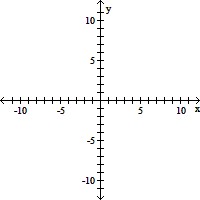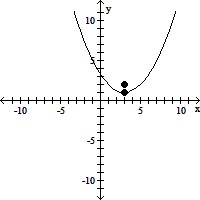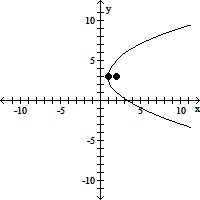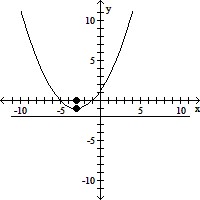Calculate the Taylor polynomial of second order that approximates f(x, y) near a.f(x, y) = ln (2x + y) + y2, a = (0, 1)
A. 1 + 2x + 3(y - 1) - 2x2 - 2x(y - 1) +  (y - 1)2
(y - 1)2
B. 2x + 3(y - 1) - 2x2 - 2x(y - 1) -  (y - 1)2
(y - 1)2
C. -2 + 2x + 3(y - 1) - 2x2 - 2x(y - 1) +  (y - 1)2
(y - 1)2
D. -1 - 2x - 3(y - 1) + 2x2 - 2x(y - 1) +  (y - 1)2
(y - 1)2
Answer: A
You might also like to view...
Find the vertex, focus, and directrix of the parabola. Graph the equation.(y + 1)2 = 4(x + 3)
A. vertex: (3, 1)
focus: (3, 2)
directrix: y = 0
B. vertex: (-3, -1)
focus: (-2, -1)
directrix: x = -4
C. vertex: (1, 3)
focus: (2, 3)
directrix: x = 0
D. vertex: (-3, -1)
focus: (-3, 0)
directrix: y = -2
Solve the problem.During a drought, the water level in a river dropped 3 inches each day for 4 straight days. What was the change in the water level of the river during this period?
A. -12 in. B. 12 in. C. -7 in. D. 7 in.
Match the following reasons to complete the proof.

Proof: STATEMENTS REASONS
?1 and ?2 are supplementary ________________________
Find the indicated angle.Identify the pair or pairs of supplementary angles.
A. There are none. B. ?ABE and ?ABD; ?ABE and ?EBF; ?DBF and ?EBF; ?DBF and ?ABD C. ?ABD and ?EBF D. ?ABE and ?DBF